Digital Microwave Radio System in 18GHz Band: RSL Calculation
VerifiedAdded on 2023/04/03
|6
|412
|489
Homework Assignment
AI Summary
This assignment provides a detailed analysis of a digital microwave radio system operating in the 18GHz radio frequency band with a 2x2 Mbps transmission capacity, utilizing a passive repeater. It begins by calculating the nominal Receive Signal Level (RSL) at the receiver input under free space conditions, employing the link budget formula which considers transmitter power, branching and feeder losses, antenna gains, free space loss, and receiver losses. The calculation yields an RSL of -40.52 dBm. Furthermore, the assignment elucidates the purpose of passive repeaters in microwave transmission, highlighting their eco-friendliness and role in redirecting obstructed signals, leading to reduced maintenance and power costs, ultimately enhancing system performance. The document concludes with relevant references supporting the analysis and findings. Desklib offers this solution along with numerous others to aid students in their studies.
1 out of 6
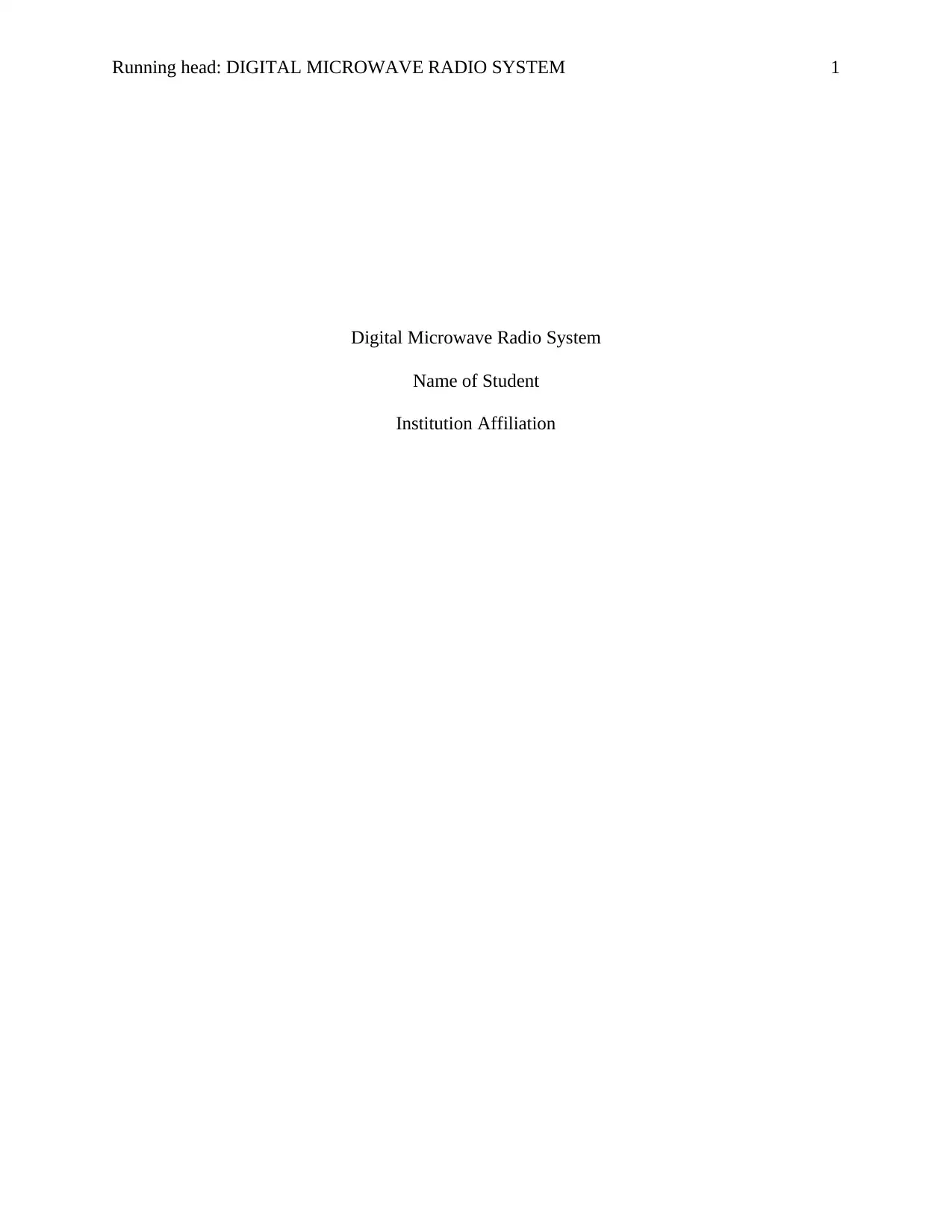
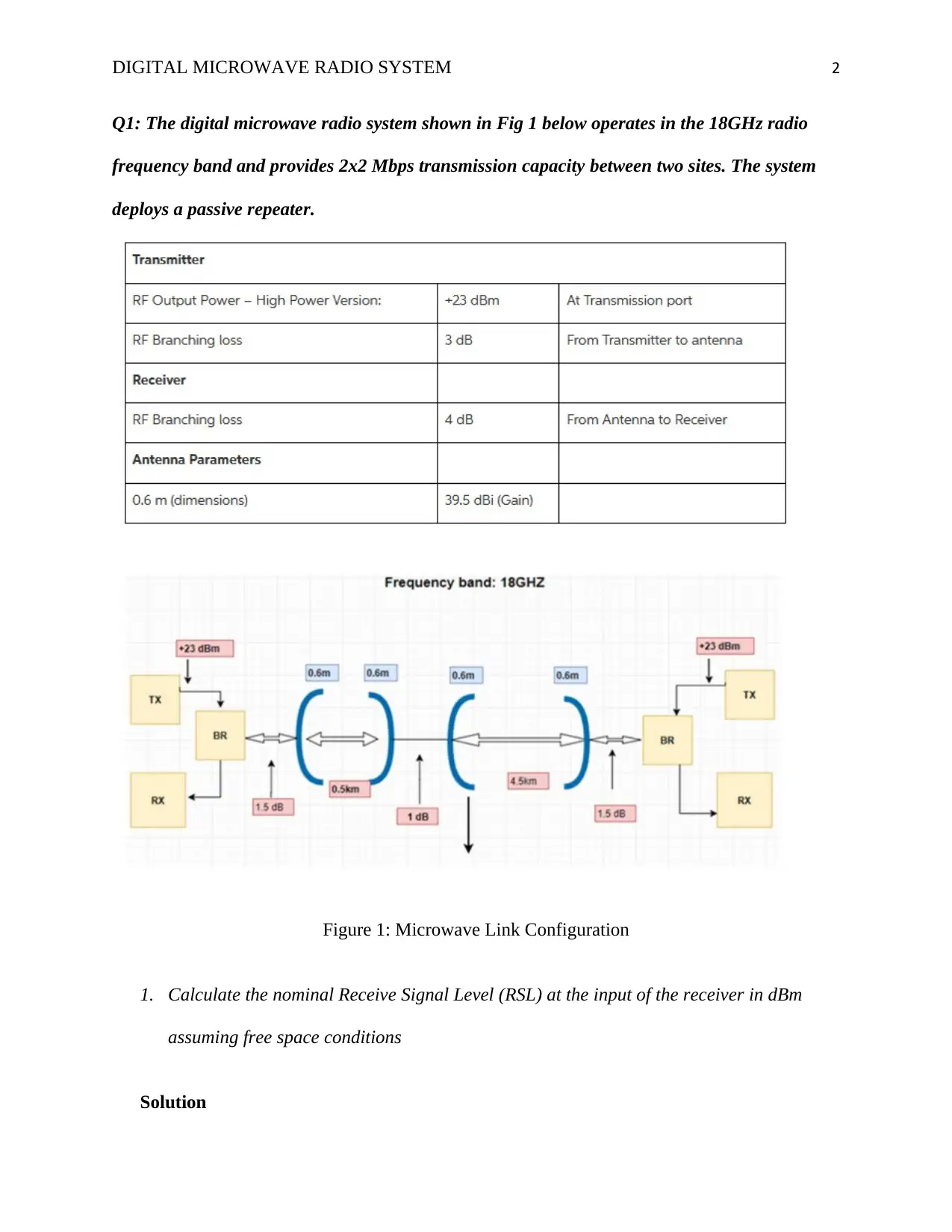
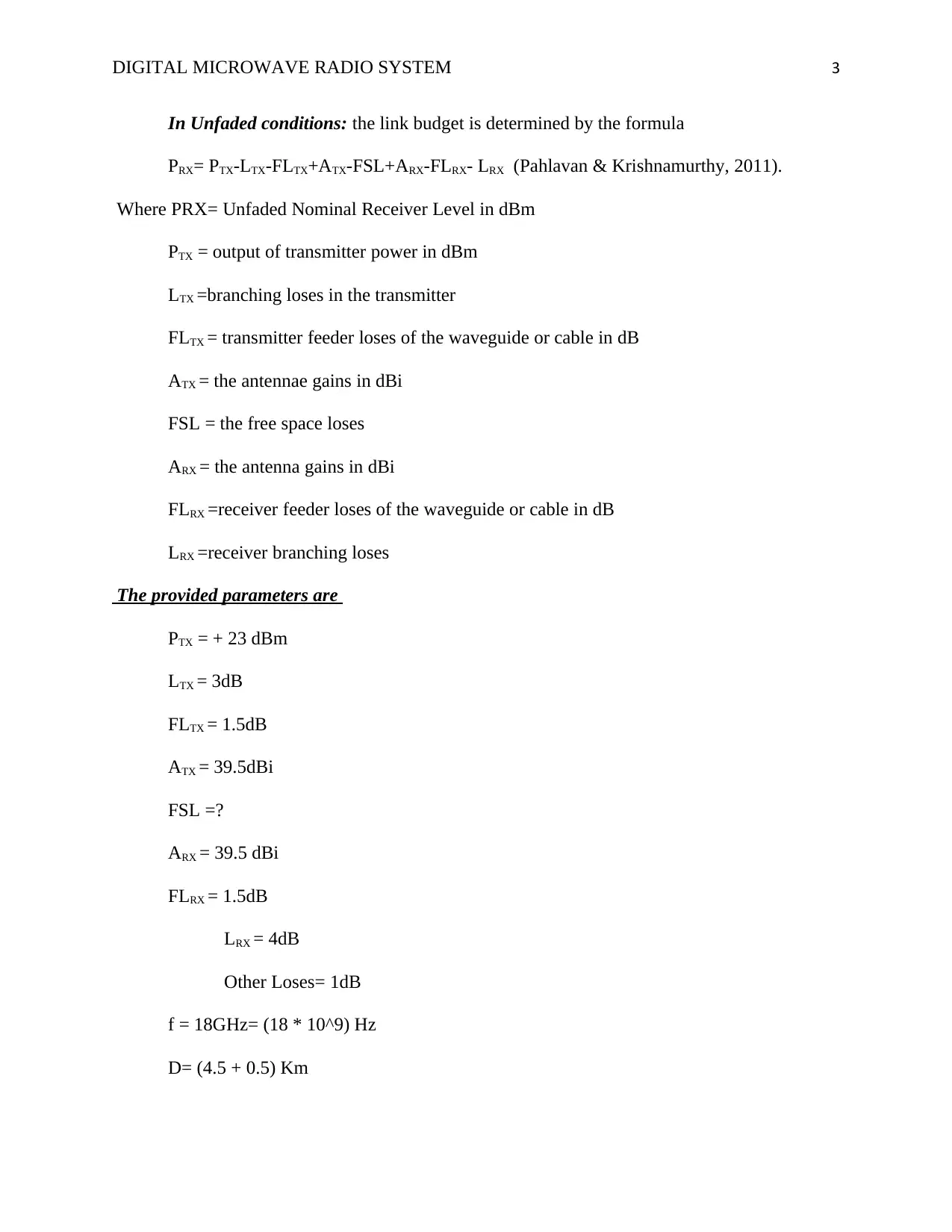

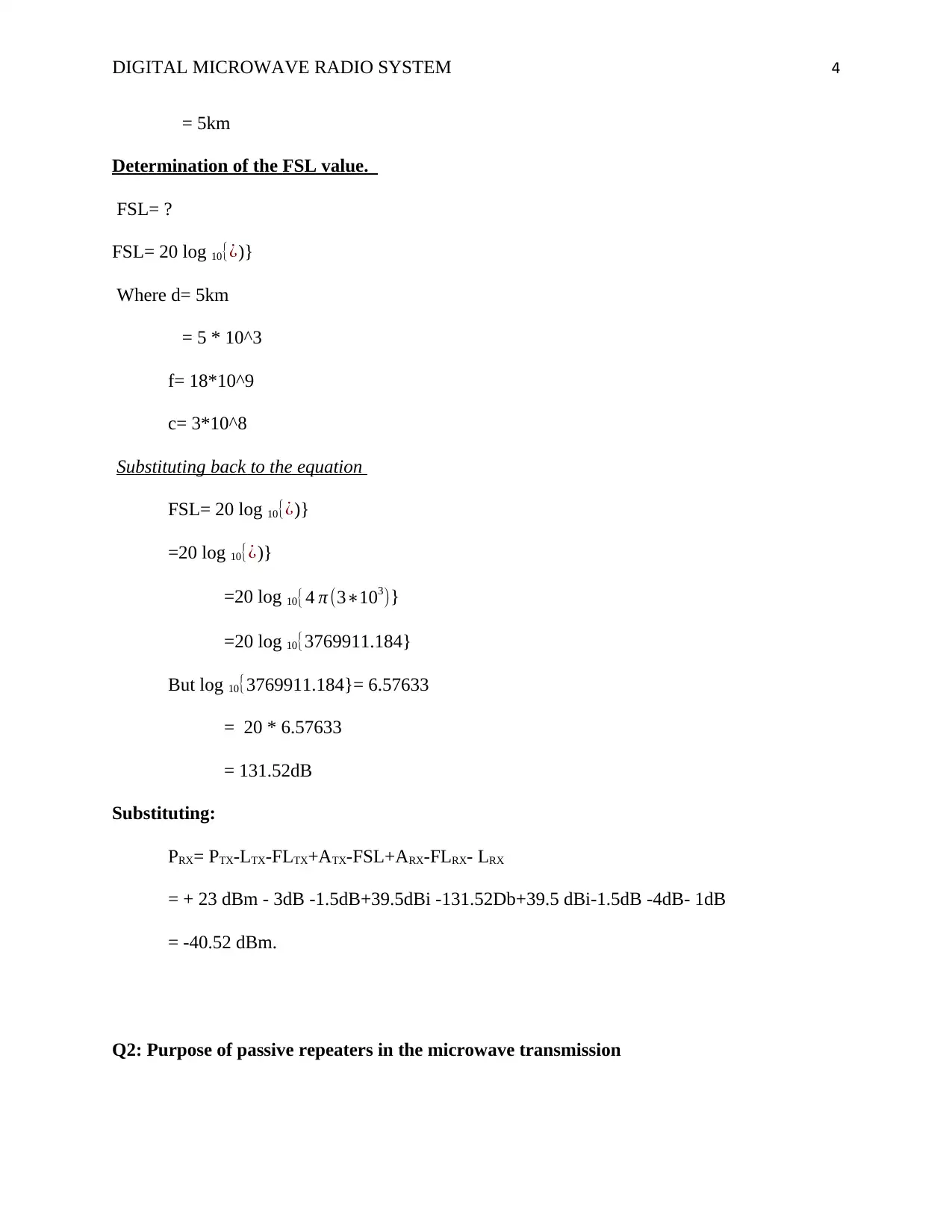

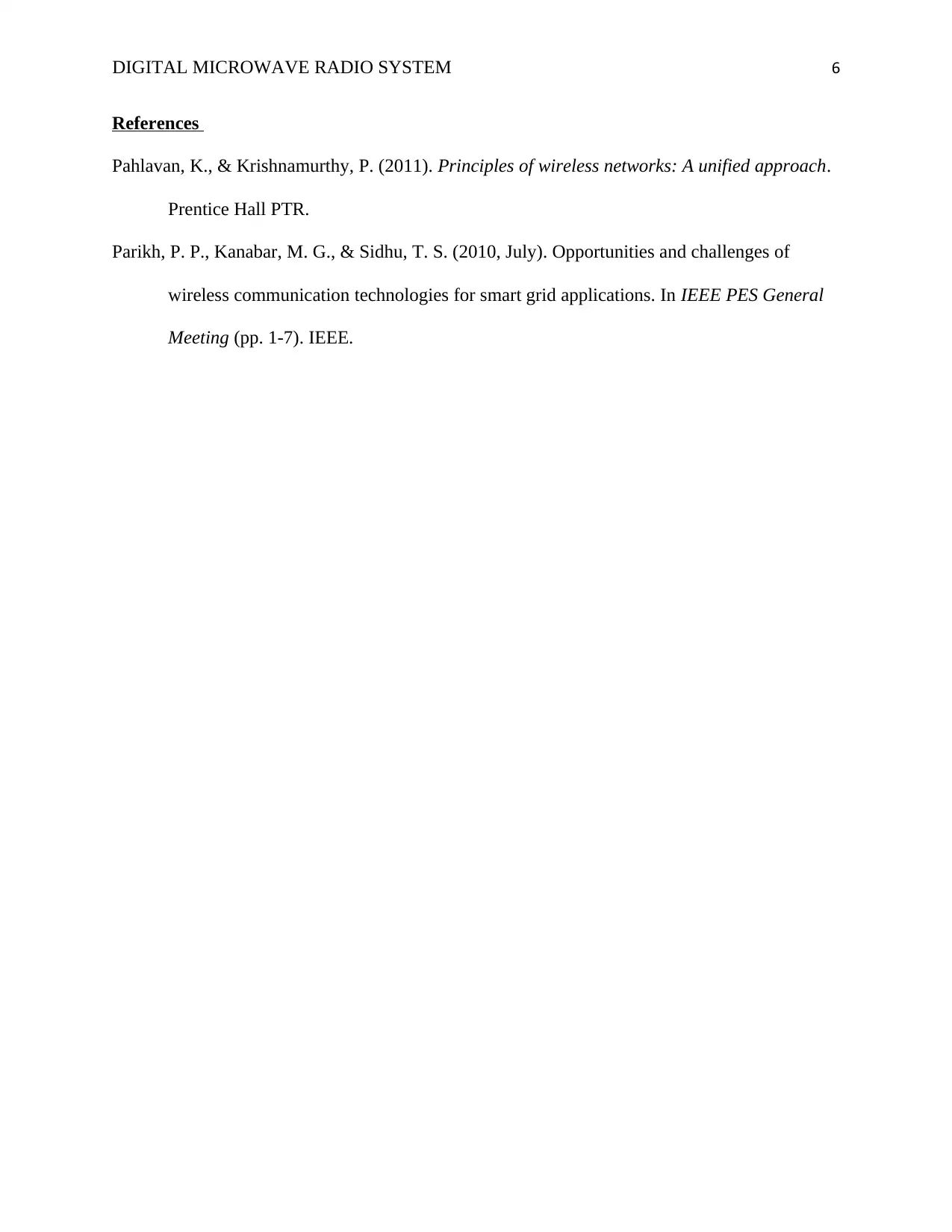





![[object Object]](/_next/static/media/star-bottom.7253800d.svg)